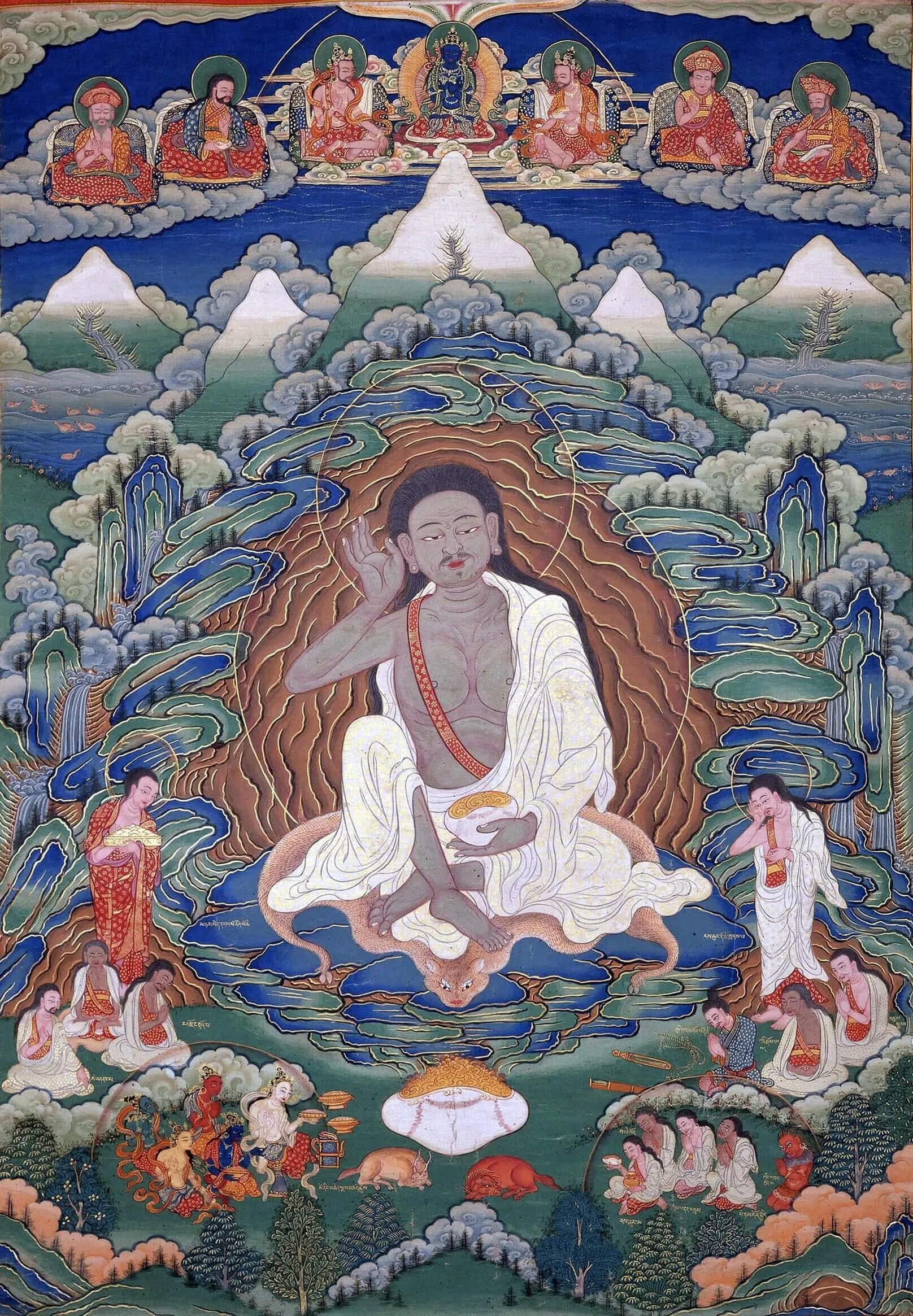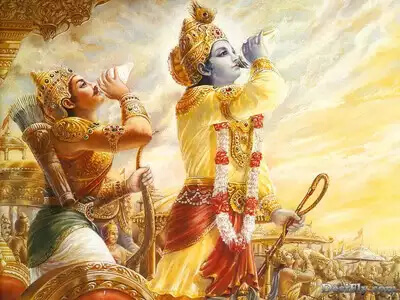As we approach 2025, numerology reveals it as a 9 Universal Year, symbolizing a time of completion and transformation. This year encourages us to release what no longer serves us and embrace new beginnings, focusing on compassion and service. Themes of closure, spiritual growth, humanitarian efforts, and significant change will dominate, urging both personal and collective renewal.
While the universal energy of 2025 impacts everyone, personal numerological insights can provide more tailored guidance. By calculating your personal year, you can understand how it interacts with the broader energy of 9, highlighting areas of transformation, relationships, or spiritual growth. This personal dimension adds depth to the universal themes, offering clarity as you navigate the year ahead.
The energy of 9, while intense with its focus on endings, presents incredible opportunities for growth and new beginnings. On a global scale, societal and economic shifts will likely focus on sustainability and cooperation. Individually, creativity is heightened, encouraging innovation and exploration of new directions, making 2025 a powerful year for setting the stage for future success.
Read more...Friday the 13th has long been enveloped in superstition and associated with misfortune, but its roots lie in the empowering energies of Venus and feminine mysticism. Traditionally linked to Venus, the day embodies love, beauty, creativity, and harmony, drawing a connection to the number 13's alignment with lunar cycles, often seen as symbols of feminine intuition. This historical backdrop suggests that rather than being a day of bad luck, Friday the 13th is a time to celebrate heightened intuition and spiritual potential, qualities that were historically misunderstood and feared, especially in patriarchal societies.
To harness the positive energies of Venus on this day, engaging in specific rituals can amplify beauty, harmony, and spiritual connection. Acts such as caring for horses, indulging in self-care, chanting Venus mantras, and spending time in nature can help balance your energy and enhance intuition. Additionally, cooking with luxurious ingredients, decorating your surroundings, and practicing gratitude can bring the uplifting influence of Venus into your life, transforming the day's narrative from ominous to one of empowerment.
Reframing Friday the 13th as a day of amplified Venus energy allows us to move away from fear and towards empowerment, celebrating the divine feminine qualities of intuition, love, and grace. By embracing rituals that honor these elements, we can use this day to foster positivity, self-reflection, and spiritual growth. Let this shift in perspective transform Friday the 13th into a powerful reminder of the transformative potential within each of us, illuminating life's beauty and harmony.
Read more...Milarepa’s quote, “Time and its actions or reactions, sequence and consequences can be diverted, not stopped. Everything can be diverted to safety by graceful action. That is dharma. All the tragedies that are supposed to hit you can be avoided and made minimal,” speaks profoundly to the interplay between destiny, free will, and the transformative power of dharma.


Understanding Time and Consequences
Time is a river, ever-flowing and unyielding. Its currents carry the actions, reactions, and consequences of our lives. We cannot pause time or erase its unfolding, but Milarepa’s wisdom offers hope: through graceful action, the flow can be diverted. This does not mean evading life’s challenges but meeting them with conscious choices that align with dharma—a life lived in harmony with universal truth and righteousness.
What is Graceful Action?
Graceful action is the art of responding to life with awareness, compassion, and wisdom. It is not reactive or impulsive but intentional and thoughtful. In every moment, we are presented with opportunities to shape the trajectory of our lives. By choosing actions that reflect inner balance and integrity, we redirect the potential turbulence of life’s events toward calmer, safer waters.
The Role of Dharma in Minimizing Tragedy
Dharma is often understood as the moral and ethical path that aligns us with universal laws. Living in dharma means:
- Acknowledging interconnectedness: Every action reverberates through the cosmic web, creating ripples of consequence.
- Embracing responsibility: Rather than blaming fate, we accept that our choices shape our reality.
- Cultivating resilience: Even when external circumstances seem harsh, inner alignment with dharma provides a compass to navigate adversity.
When we align with dharma, we are not immune to difficulties, but we approach them with a sense of grace that minimizes their impact. In Milarepa’s view, this is how we mitigate tragedies and transform challenges into opportunities for growth.
Practical Steps to Divert Consequences Gracefully
- Pause and Reflect: Before reacting, take a moment to assess the situation. What action would reflect your highest self?
- Cultivate Awareness: Through practices like meditation and mindfulness, develop the capacity to see life’s patterns clearly and anticipate consequences.
- Act with Compassion: Graceful action often stems from empathy and a desire to reduce suffering—for ourselves and others.
- Embrace Forgiveness: Whether for yourself or others, forgiveness dissolves the heavy karmic burden that amplifies pain and tragedy.
- Align with Nature: Harmony with the rhythms of life—through conscious living, kindness, and purpose—creates a smoother flow.
Graceful Action in Daily Life
Consider the power of a kind word, a patient gesture, or a moment of self-restraint. These small, graceful actions can shift the dynamics of a relationship, avert potential conflict, or foster harmony. Like a drop of water redirecting a stream, the cumulative effect of mindful choices can transform the entire flow of your life.
Living the Dharma
Milarepa’s teaching is a call to action: choose your path with intention, walk it with grace, and let dharma be your guide. In doing so, you create a life that is not only safe but also meaningful and aligned with the greater good. Tragedies may still come, but with dharma as your compass, their weight will lessen, and their lessons will deepen your soul’s journey.
Through graceful action, we do not escape time, but we transcend its harshness. This is the essence of living in harmony with the universe—turning life’s inevitable challenges into stepping stones toward wisdom and enlightenment
Milarepa's Teachings
Milarepa spent a vast amount of his time writing literary works and translating very complex Vedic scriptures into Buddhist teachings. Some of the teachings are quite easy to practice even though they are profound. We practice one such Kriya in our Kundalini Yoga practices. Please message us for more info or join one of our courses to learn more.
Gita Jayanti marks the sacred day when the Bhagavad Gita, one of the most revered scriptures of Hindu philosophy, was delivered by Lord Krishna to Arjuna on the battlefield of Kurukshetra. Celebrated annually on the 11th day of the Shukla Paksha (waxing moon phase) in the Hindu month of Margashirsha (typically falling in November or December), this occasion holds profound spiritual and philosophical significance.

The Essence of the Gita
The Bhagavad Gita is a 700-verse dialogue that forms part of the Mahabharata. It addresses timeless dilemmas about duty, righteousness, and the path to self-realization. Arjuna, overcome with doubt and moral confusion about fighting in the war, seeks guidance from Krishna, who enlightens him with wisdom that transcends the battlefield.
The Gita explores key spiritual themes such as:
- Dharma (duty and righteousness).
- Yoga as a path to union with the divine.
- The balance of karma (action), bhakti (devotion), and jnana (knowledge).
- The imperishable nature of the soul.
Celebrations and Rituals
Devotees observe Gita Jayanti with reverence and devotion through the following practices:
- Recitation of the Gita: Chanting the scripture's verses is a central activity, often accompanied by explanations and discussions on its meaning.
- Bhajans and Kirtans: Spiritual songs glorifying Lord Krishna and the teachings of the Gita fill the atmosphere with divine energy.
- Seminars and Discourses: Scholars and spiritual leaders conduct sessions to delve deeper into the Gita’s philosophy and its relevance in modern life.
- Charitable Acts: Many devotees engage in acts of kindness, embodying the Gita’s principles of selfless service.
The Timeless Relevance of the Gita
The Bhagavad Gita transcends religious boundaries, offering guidance for anyone seeking clarity in life’s challenges. Its lessons on managing desires, balancing emotions, and fulfilling one’s duties with detachment remain as relevant today as they were thousands of years ago.
For practitioners of Kundalini Yoga, Gita Jayanti serves as a reminder to balance the mind, body, and soul. The text aligns beautifully with the yogic principle of inner awareness and connection with the divine.
How You Can Celebrate
- Dedicate time to read or listen to the Gita’s verses and reflect on its teachings.
- Practice selfless acts of kindness, aligning with the principle of karma yoga.
- Engage in meditation or yoga to cultivate inner peace and harmony.
- Organize or participate in discussions about applying the Gita’s lessons in contemporary contexts.
Conclusion
Gita Jayanti is more than a celebration—it is an invitation to explore the profound wisdom of the Gita and integrate its teachings into everyday life. Whether you are seeking spiritual growth, ethical clarity, or emotional resilience, the Bhagavad Gita offers a roadmap to living with purpose and grace. On this sacred day, let us honor this timeless scripture and the universal truths it reveals.
Humanity has long pondered the nature of existence, driven by a desire to understand and replicate the universe's marvels. This intrinsic yearning, highlighted by thinkers like Nikola Tesla, underscores our role as creators intertwined with the cosmos's dance of energy and matter. The foundational concept of Akasha, a boundless, all-pervasive substance, serves as the primordial canvas from which reality emerges, containing the potential for all matter and forming the blueprint of the universe.
Prana, the life-giving energy, acts upon Akasha to initiate creation, transforming the stillness into dynamic forms perceived as matter. This interaction illustrates the universe's cyclical nature, where creation and dissolution occur in eternal rhythms. Recognizing these cycles allows us to see the universe as a living organism and acknowledge our place within this transformative process, where our thoughts and actions contribute to the cosmic dance.
As Akasha and Prana reveal the interconnectedness of creation, we find our role as co-creators with the universe. By understanding and aligning with these principles, we can embrace our responsibility to create with intention, respecting the cycles and balance of the cosmos. Through practices like meditation and mindful creation, we refine our connection to these forces, allowing us to contribute to personal and universal evolution with clarity and purpose.
Read more...
